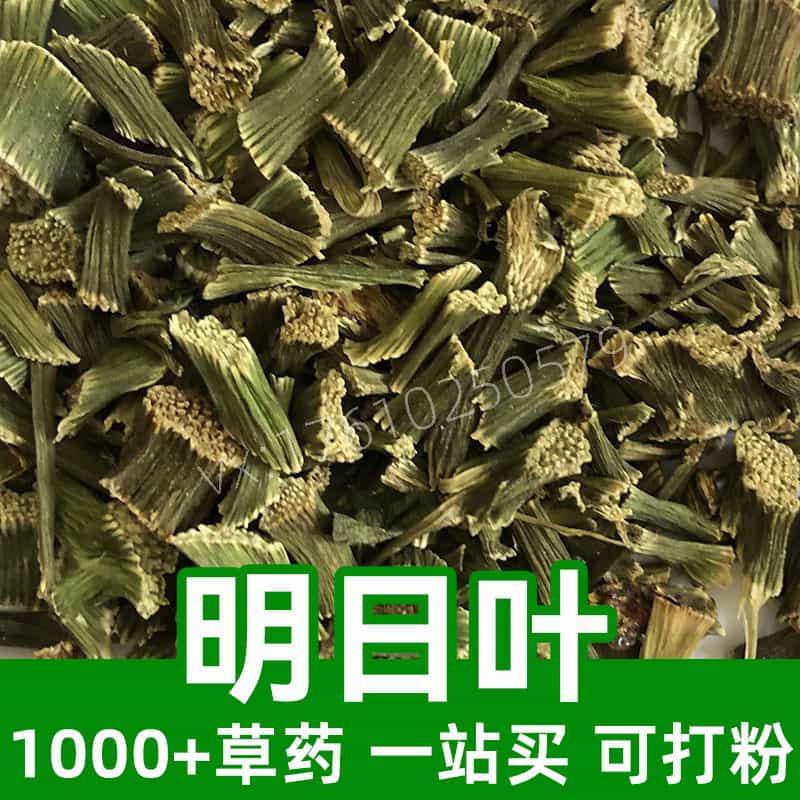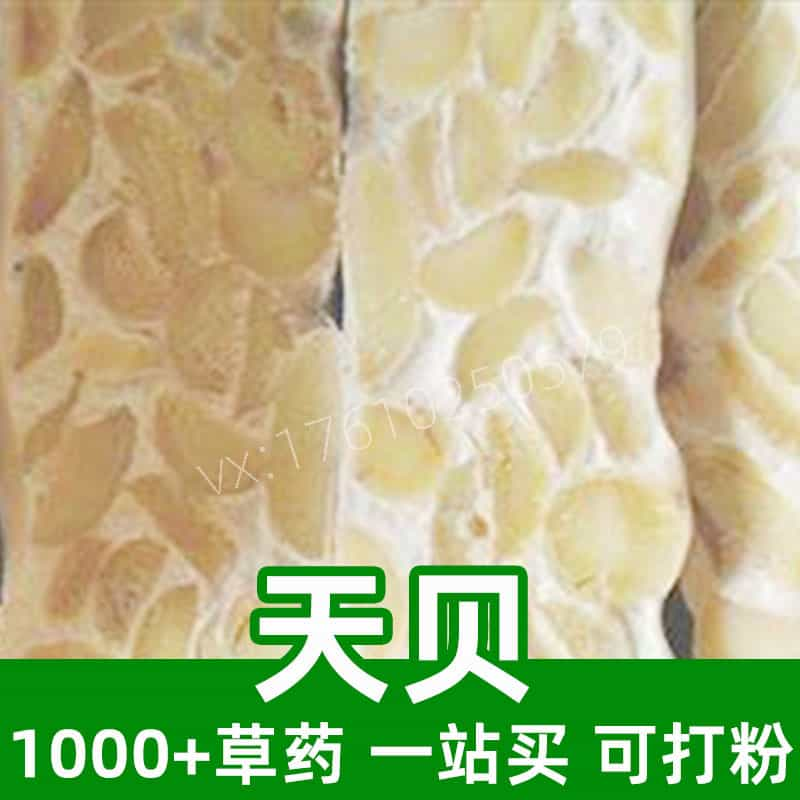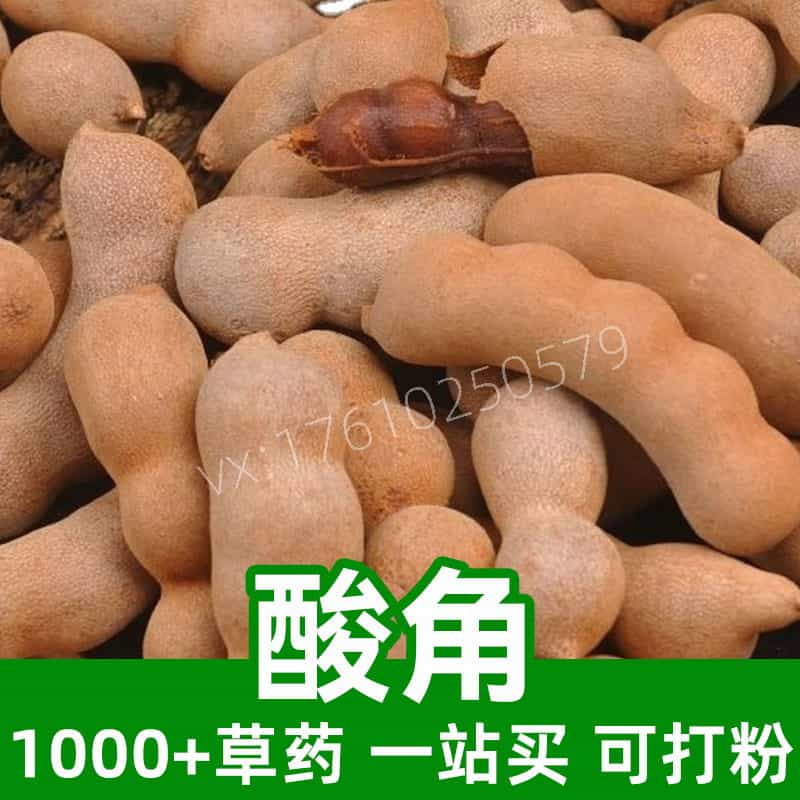Introduction to Oyster Shell
Oyster shell is a product made from the processed and ground shells of oysters. Its main component is calcium carbonate, along with trace elements, amino acids, and proteins. The source of oyster shell is the oyster itself, a common bivalve mollusk whose shell becomes oyster shell after processing. In TCM, oyster shell is widely used for its medicinal properties including stopping bleeding, calming the liver, nourishing yin, strengthening bones, and enriching blood. It is commonly used to treat conditions such as fractures, osteoporosis, coughing up blood, and peptic ulcers. Additionally, oyster shell is utilized in the food industry as an additive for flavor enhancement or to increase calcium content. Due to its natural origin and rich composition, it is widely applied in herbal formulations, health supplements, and food processing.
Main Active Ingredients of Oyster Shell
Oyster shell contains several active components with medicinal value including calcium carbonate which can constitute over 80% of its content. Besides calcium carbonate, it also contains various trace elements and organic substances.
In terms of trace elements, oyster shell is rich in minerals such as zinc, copper, iron, manganese, and selenium. These trace elements are important for human health; for example, zinc benefits the immune and reproductive systems while copper aids in the activity of superoxide dismutase for antioxidant reactions. Iron is crucial for hemoglobin synthesis and selenium acts as an essential antioxidant that helps prevent cellular oxidative damage.
Additionally, oyster shell contains abundant amino acids and proteins which are fundamental for cell growth and repair in the body; they help maintain normal bodily functions and metabolism.
Overall, as a natural calcium supplement, oyster shell is widely used in TCM and health products. Its main active ingredient—calcium carbonate—along with rich trace elements, amino acids, and proteins provide essential nutrients that support calcium supplementation, enhance immunity, promote bone health, and nourish the skin.
Applications of Oyster Shell: Uses and Dosage
Oyster shell serves as a common herbal material and health food ingredient with extensive applications in both TCM and food industries. Below are the main applications of oyster shell along with dosage guidelines:
Applications in TCM:
- Nourishing Kidney Yang: Oyster shell helps nourish kidney yang and prevent nocturnal emissions; commonly used to treat symptoms related to kidney deficiency such as lower back pain or impotence.
- Calming & Sedating: Rich in calcium carbonate and other trace elements that have calming effects; useful for treating insomnia or excessive dreaming associated with nervous exhaustion.
- Astringing & Stopping Discharge: Effective for symptoms like frequent urination or excessive vaginal discharge due to its astringent properties.
- Calcium Supplementation & Bone Strengthening: As a calcium supplement, oyster shell can be used to treat osteoporosis or fractures.
Applications in Food:
- Health Food Ingredient: Due to its richness in calcium and zinc among other trace elements; it can be used as an ingredient in health foods promoting overall wellness.
- Food Additive: Ground oyster shell powder can be added as an ingredient in dairy products or baked goods like cookies or bread to enhance nutritional value.
- Beauty Products: The trace elements found in oyster shell can contribute to skin health; it may be included in beauty foods or supplements.
Dosage Guidelines:
- TCM Usage: The common dosage ranges from 10-15 grams; typically decocted in water for consumption or combined with other herbs.
- Health Supplements: Generally recommended daily intake is about 3-5 grams; adjust according to personal needs.
- Food Additive: When added to food products typically use 1%-5% of total food weight based on production requirements.
Precautions:
- Pregnant women or individuals with severe kidney disease or hypercalcemia should use caution.
- Follow medical advice during medication use to avoid adverse reactions or interactions.
In summary, oyster shell serves as a valuable herbal material with significant applications across both TCM practices and food industries while requiring careful attention regarding dosage based on individual circumstances.
Overview of the Source Plant: Distribution and Growth Environment
Oyster shells come from bivalve mollusks known scientifically as Ostrea (oysters). Below is detailed information about their source plants including distribution and growth environment:
Source Plant:
Oysters (*Ostrea*) are ancient bivalve mollusks primarily found in marine environments; their shells are what we refer to as oyster shells. Typically irregularly shaped and flat with hard surfaces that are smooth.
Distribution:
Oysters are widely distributed globally across oceans including coastlines of Oceania, Africa, Europe, Asia North America and South America among others. They typically thrive on rocky substrates in shallow waters like reefs adapting well to various conditions.
Growth Environment:
The growth environment for oysters primarily consists of marine ecosystems where they live within intertidal zones on hard substrates like rocks or coral reefs. They require clean water conditions with good flow rates which aids nutrient absorption while filtering plankton from seawater.
Oysters build their shells by depositing layers of calcium carbonate gradually increasing thickness over time influenced by environmental factors such as temperature quality light availability generally growing slowly taking several years to form substantial shells.
Additionally they face threats from predators parasites along with human activities which may impact populations negatively; oysters secrete nacre (mother-of-pearl) inside their shells providing additional protection enhancing strength against external stressors.
In summary oysters grow within marine environments favoring clean waters alongside suitable flow conditions; they develop slowly requiring years for substantial growth while being commonly found across global coastlines serving significant roles within ecosystems utilized extensively within both culinary practices alongside traditional medicine fields.
Harvesting Processing and Storage of Oyster Shell
The harvesting processing storage steps are critical ensuring product quality:
Harvesting Timing:
Typically harvested during peak growth periods when shells reach adequate sizes generally done by hand at aquaculture farms or natural habitats where oysters flourish.
Harvesting Methods:
Carefully collected using manual tools ensuring minimal damage while sorting through harvested oysters removing any debris present before further processing steps commence.
Processing Steps:
Post-harvest oysters require thorough cleaning removing any residual soft tissue impurities before drying methods employed either through air drying under sunlight ensuring complete dryness preventing spoilage during storage periods.
Storage Techniques:
Dried oyster shells should be kept cool away from direct sunlight moisture using breathable containers ensuring proper ventilation throughout storage duration regularly checking conditions maintaining quality control throughout usage periods avoiding contamination risks effectively preserving efficacy over time.
In conclusion careful attention during harvesting processing storage phases plays an essential role maintaining quality while maximizing both culinary enjoyment alongside medicinal efficacy through proper handling techniques ensuring optimal freshness throughout usage periods.
Monica Sun is a seasoned expert in the natural raw materials industry, with over a decade of experience specializing in traditional Chinese medicinal herbs, spices, and fungi. She is skilled in the sourcing, processing, and application of these materials, emphasizing sustainability and innovation. Monica Sun has contributed to the development of high-quality natural raw materials that serve as essential components in functional foods, pharmaceuticals, and cosmetics, delivering tailored solutions to meet diverse market needs.














